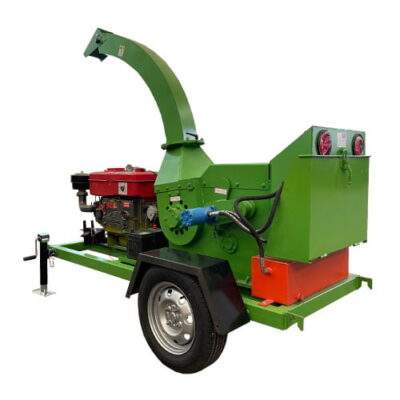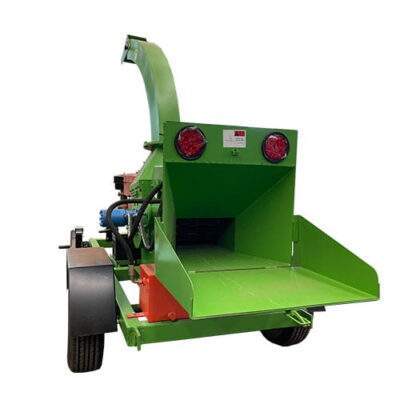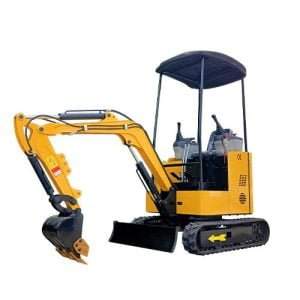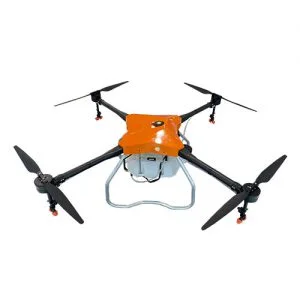How a Big Wood Chipper Transforms Landscaping Projects
Welcome to My Blog!
Before we dive into the content, I’d love for you to join me on my social media platforms where I share more insights, engage with the community, and post updates. Here’s how you can connect with me:
Facebook:https://www.facebook.com/profile.php?id=61557298070472
Now, let’s get started on our journey together. I hope you find the content here insightful, engaging, and valuable.
Introduction

Landscaping projects often involve managing a significant amount of organic waste, from tree branches to shrubs and other debris. A big wood chipper is an invaluable tool that not only simplifies the process of waste disposal but also enhances the overall quality of landscaping work. This blog explores how big wood chippers transform landscaping projects, highlighting their benefits, applications, and impact on efficiency and sustainability.
Understanding Big Wood Chippers
What is a Big Wood Chipper?
A big wood chipper is a powerful machine designed to shred large branches, trunks, and other woody materials into small chips. These chips can be used for mulch, compost, or as a biomass fuel source, making the chipper an essential tool for landscapers and arborists.
Key Features of Big Wood Chippers
- Powerful Engine: Equipped with high-horsepower engines, big wood chippers can handle large volumes of material quickly and efficiently.
- Wide Infeed Chutes: Designed to accommodate thick branches and trunks, the wide chutes facilitate easy feeding of material into the chipper.
- Durability: Built from robust materials, big wood chippers are designed for heavy-duty use, ensuring long-term reliability.
Benefits of Using a Big Wood Chipper
Efficient Waste Management
One of the primary benefits of using a wood chipper is efficient waste management. By converting bulky organic waste into manageable chips, landscapers can significantly reduce the volume of debris that needs to be disposed of. This efficiency streamlines the cleanup process and reduces disposal costs.
Enhanced Landscape Aesthetics
The chips produced by a wood chipper can be used as mulch, which not only improves the visual appeal of landscaped areas but also provides benefits for the soil. Mulch helps retain moisture, suppress weeds, and improve soil health, contributing to a thriving garden.
Versatility in Application
Big wood chippers are versatile tools that can be used in various landscaping applications. From clearing fallen branches after a storm to maintaining wooded areas, these machines are effective in a range of scenarios.
Eco-Friendly Waste Disposal
Using a big wood chipper contributes to environmentally friendly waste disposal. Rather than sending organic waste to landfills, chippers allow for the recycling of materials back into the landscape, promoting sustainability and reducing carbon footprints.
| Feature | Benefit | Application |
|---|---|---|
| Powerful Engine | Handles large volumes efficiently | Large-scale landscaping projects |
| Wide Infeed Chutes | Accommodates thick branches | Tree trimming and clearing |
| Durable Construction | Ensures long-term reliability | Regular landscaping maintenance |
| Versatile Usage | Effective in various applications | Storm cleanup, garden maintenance |
| Eco-Friendly | Promotes sustainable waste management | Organic waste recycling |
Time Savings
The speed at which a wood chipper operates allows landscaping teams to complete projects more quickly. Instead of spending hours manually cutting and disposing of debris, landscapers can use a chipper to process materials in a fraction of the time.
Safety Considerations
Big wood chippers can enhance safety on landscaping sites. By efficiently processing large branches and debris, they reduce the risk of accidents associated with handling heavy materials. However, proper training and safety gear are essential when operating these machines.
Cost Efficiency
Investing in a big wood chipper can lead to significant cost savings for landscaping businesses. By streamlining waste management and reducing disposal fees, the initial investment in a chipper pays off over time, especially for companies that handle large volumes of organic waste.
Applications of Big Wood Chippers in Landscaping
Tree Trimming and Removal
When trees are trimmed or removed, a big wood chipper provides an efficient means to process the resulting branches and trunks. This application is crucial for maintaining healthy trees and ensuring that landscapes remain aesthetically pleasing.
Storm Cleanup
After severe weather events, fallen branches and debris can create hazardous conditions. A wood chipper allows landscaping crews to quickly clear areas, making them safe for public use and restoring landscapes to their original beauty.
Mulching
Landscapers can use the chips produced by a wood chipper as mulch for flower beds, gardens, and pathways. This organic material enhances soil quality and helps retain moisture, benefiting plant health.
Habitat Restoration
In ecological restoration projects, big wood chippers can be employed to manage invasive species or clear areas for replanting native vegetation. The ability to quickly process materials aids in efficient restoration efforts.
Creating Biomass Fuel
The chips generated by big wood chippers can also be used as biomass fuel. This application promotes renewable energy use, contributing to sustainable landscaping practices.
Considerations When Using a Big Wood Chipper

Maintenance Requirements
Regular maintenance is essential to ensure the longevity and performance of a wood chipper. This includes routine checks of the engine, blades, and safety features to prevent breakdowns during operation.
Operator Training
Proper training for operators is crucial to ensure safe and effective use of big wood chippers. Understanding the machine’s functions and safety protocols minimizes the risk of accidents.
Environmental Regulations
Landscapers should be aware of local regulations regarding the disposal and recycling of organic waste. Ensuring compliance with these regulations helps promote responsible waste management practices.
Conclusion
A big wood chipper is an indispensable tool for transforming landscaping projects, offering numerous benefits including efficient waste management, enhanced aesthetics, and eco-friendly practices. By streamlining processes and promoting sustainability, wood chippers play a crucial role in modern landscaping. As landscaping needs continue to evolve, the importance of these machines will only grow, making them a valuable asset for professionals in the industry.
FAQ
What is a big wood chipper?
A big wood chipper is a powerful machine designed to shred large branches, trunks, and woody materials into small chips for landscaping and waste management.
What are the main benefits of using a wood chipper?
The main benefits include efficient waste management, enhanced landscape aesthetics, versatility in applications, eco-friendly disposal, time savings, improved safety, and cost efficiency.
What are common applications for big wood chippers in landscaping?
Common applications include tree trimming and removal, storm cleanup, mulching, habitat restoration, and creating biomass fuel.
How does using a wood chipper promote sustainability?
Using a wood chipper recycles organic waste back into the landscape, reducing landfill use and promoting eco-friendly practices.
What maintenance is required for a big wood chipper?
Regular maintenance includes checking the engine, blades, and safety features to ensure optimal performance and longevity.



